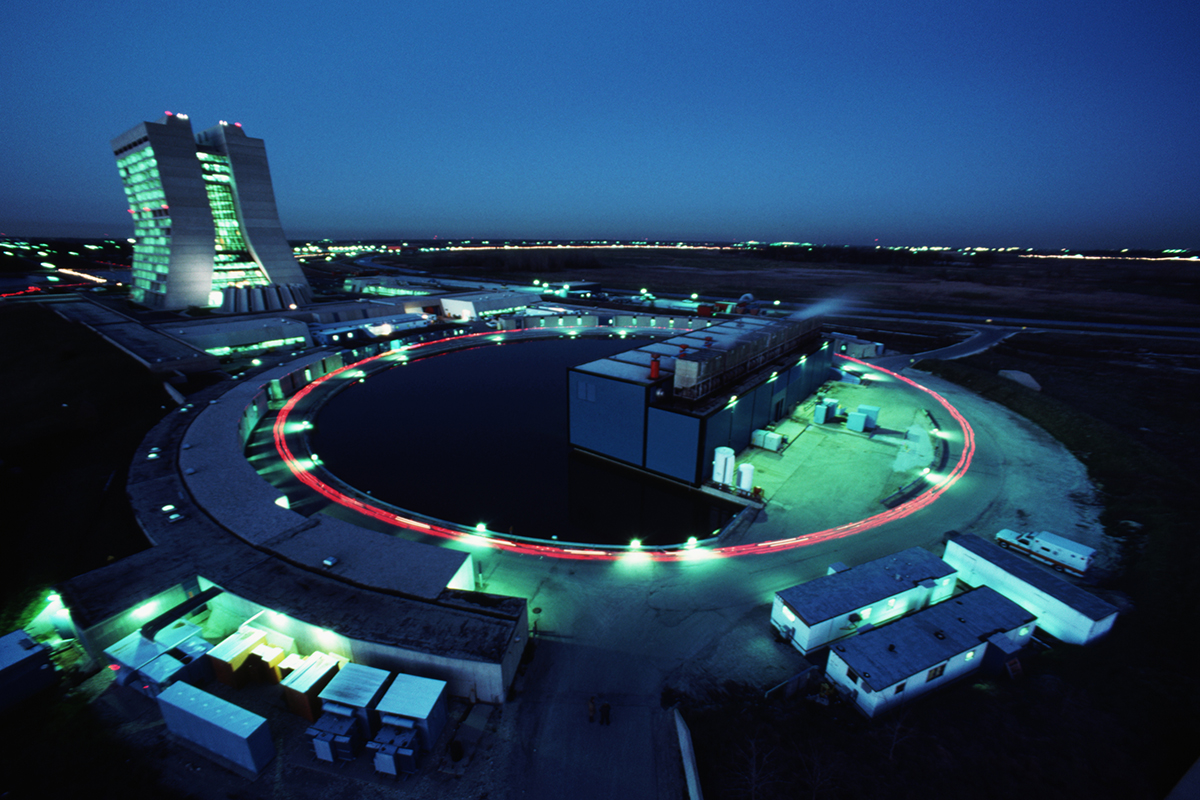Neutrinos are subatomic particles that are almost impossible to detect, but fundamental to understanding the phenomena that govern the universe. Their study has revealed crucial secrets about physics, although many questions still remain unanswered. A new experiment, SBND (Short-Baseline Near Detector), could be key to advancing our understanding of these mysterious components of the cosmos, specifically the possible existence of a hitherto elusive type of neutrino: the sterile neutrino.
What are neutrinos and why are they important?
Neutrinos are elementary particles that interact very weakly with other particles. This makes them extremely difficult to detect, but also essential to explain fundamental phenomena in the universe. Although they have no electric charge and extremely small mass, their study can provide answers to deep questions about physics, dark matter and the origin of the universe.
Despite their importance, the exact functions of neutrinos are still a mystery. However, their study is vital, as they could play a fundamental role in understanding the events after the Big Bang and the structure of matter in the universe.
What is SBND and why is it innovative?
SBND is an advanced detector located at Fermilab, a particle physics laboratory in the United States. This device is designed to detect neutrinos using 112 tons of liquid argon, at extremely low temperatures. Its main innovation is the ability to create high-resolution digital images that allow scientists to accurately reconstruct particle trajectories, something never before achieved.
The SBND experiment, along with other detectors such as ICARUS, searches for evidence of sterile neutrinos. These neutrinos are hypothetical and do not interact with matter the way known neutrinos do. If they exist, they could help solve mysteries such as the nature of dark matter and anomalies observed in previous experiments.

How fast are neutrinos compared to light?
Although neutrinos move at speeds close to the speed of light, they do not exceed the speed of light. Light, traveling at approximately 299,792 kilometers per second, is the maximum speed in the known universe. However, neutrinos have an extremely high speed, which allows them to travel great distances undetected.
Where are neutrinos found?
Neutrinos are present everywhere in the universe, although they are extremely difficult to observe. They are produced in a variety of astrophysical processes, such as nuclear reactions in the sun, supernovae and black holes. Often, scientists detect neutrinos from the sun or other cosmic sources. In the case of the SBND experiment, neutrinos are generated by a particle beam at Fermilab, allowing their behavior and possible oscillations to be studied.
How can neutrinos be detected?
Detecting neutrinos is a monumental challenge due to their weak interaction with other particles. However, they can be detected in experiments such as SBND, which uses a tank of liquid argon at extremely cold temperatures to capture these particles. In addition, the phenomenon of neutrino oscillations is key to their detection: neutrinos can change “flavor” or type as they travel. This phenomenon, which was awarded the Nobel Prize in Physics in 2015, is studied at SBND to identify possible clues to the existence of sterile neutrinos.
By comparing signals obtained by SBND and other detectors such as ICARUS, scientists can analyze possible discrepancies suggesting the presence of these hard-to-detect neutrinos.
Continue your professional education
Science and technology are advancing rapidly, as evidenced by the search for the sterile neutrino in experiments such as SBND. If you are passionate about being at the forefront of these changes, our Master in Strategic Management with a specialty in Information Technology will give you the skills you need to meet the challenges of an ever-evolving digital world. This program prepares you to lead in key sectors, such as artificial intelligence and computational science, boosting your career and your ability to contribute to the global technological future.
Source: SBND: an experiment to hunt for undetectable particles.

